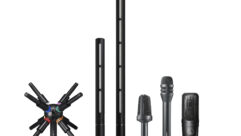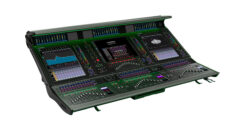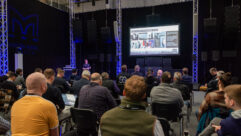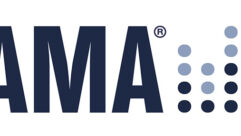 Chris Scheck, Marketing Content Manager, Lawo
Chris Scheck, Marketing Content Manager, Lawo
While we all agree that a mix should first and foremost serve the song, and sound like all sonic elements it contains are there for a reason, the way to get there tends to vary. Studio mixes can be tweaked down to the last dB of EQ correction and revisited any time. A live context, on the other hand, requires a slightly different approach and usually gives you far less time to perfect your mix.
Amid an all-out run to local or cloud-based software, haptic control remains indispensable, because any tweak you make has an immediate impact on the sound the audience hears. There needs to be a quick way to reel back. Unless, of course, the desk has a function called “Listen Sense” that allows operators to adjust the channel parameters “offline”, in PFL mode, using headphones, without the audience noticing what is going on behind the scenes. Once the operator is happy with the result, they can apply the changes to the live mix the audience hears.
Any mix requires signal processing: EQs to emphasize the important frequencies of each signal source, dynamics to ensure that all signals remain audible without dominating the sonic image when they shouldn’t, panning to improve signal separation and widen the image, and effects for sweetening. A pinch of punch is also highly welcome.
What furthermore counts for experienced sound engineers is a console’s basic sound, i.e., without any processing at all. Some consoles on the market already “sound great” right off the bat, allowing you to focus on finetuning critical aspects within seconds rather than minutes. This would be something to look out for before deciding on a new desk.
Another aspect is dynamics: what is on offer and, more importantly, how does it (alter the) sound? Should the compressor be almost inaudible at high ratio settings? Can you get it to not pump out of control? To what extent does the limiter color the sound? How accurately does the noise gate respond? And what about the expander, the de-esser and the possibility to easily implement parallel compression?
A mixing desk worth its salt offers a host of other features that are equally indispensable. Even though some audio engineers have taken to mixing even live events on a computer, a physical mixing console cannot easily be replaced with an inexpensive fader panel that costs less than 250 dollars. The ability to perform certain tweaks simultaneously, in different sections (VCA grouping, bussing, dynamics, EQ, panning, etc.) is still an exclusive feature of “real” consoles.
There is a third way where a console manufacturer decides not to include any modulation, reverb, delay, etc., effects at all, because what sounds perfect to one audio engineer may not be what the next favors. Leaving room in the user interface for convenient, touchscreen-based, sweet-spot control of whichever plug-ins an audio engineer decides to use stands the best chance of satisfying all users. This approach furthermore has a positive effect on the desk’s purchase price.
Allowing users to choose their preferred vendor of effects plug-ins—and to change their minds without having to replace the console—looks like a very mindful and sustainable approach. For only you know what good sound means to you, and so you should firmly remain in control.
Faders and pots are still a feature most audio engineers would not want to do without. With the exception of premium-grade I/O, the rest of the console, on the other hand, can—and probably should—be software-based.










